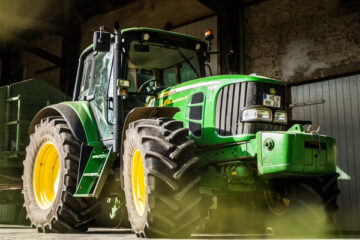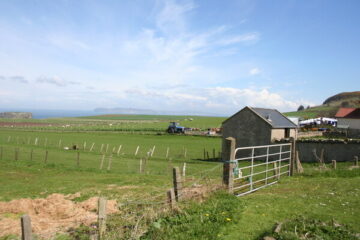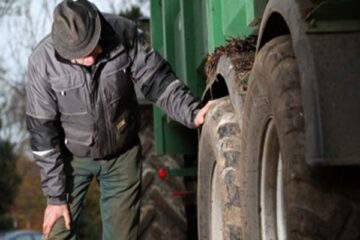The proper handling of livestock is vital in order to ensure safety on the farm runs smoothly. The Health & Safety Authority’s latest figures show that over the last ten years livestock has accounted for 13% of farm fatalities. The main culprit of these accidents caused is the cow or heifer at 54%.
Fatal farm accidents can occur whilst handling or moving livestock and if not done right can result in broken limbs or even crushings. The HSA offers the following advice for handling cattle to prevent the worst case scenario from occuring.
Deaths due to Livestock 2008-2017 (13% of all Fatalities)

Golden Rules for Handling Cattle:
ALWAYS:
- Work out an escape route or refuge area in advance of working with cattle
- Know and understand the basics of cattle behaviour
- Make sure persons handling cattle are competent and agile
- Use bulls that produce docile offspring
- Maximise the use of Artificial Insemination
- Be careful around cows that are calving or with new born calves as they are more likely to attack
- Remember that cows that are ‘on-heat’ are unpredictable
- Try to keep cattle calm when handling them
- Use a stick or paddle to assist in directing cattle
- Debud calves early to prevent horn growth
- Watch for warning signs of animal aggressiveness and cull fractious and difficult cattle
- Exercise caution when administering veterinary treatments
- Protect yourself against biohazards with proper personal hygiene
- Wear suitable protective clothing and footwear
- Use well designed facilities (an investment in your safety)
- Regularly check and maintain facilities such as the crush, gate latches and fences
- Keep ground surfaces clean and clear of trip hazards, as far as possible
NEVER:
- Put an inexperienced handler, elderly person or a child at risk with cattle
- Handle cattle or get others to handle them if there is a lack of competence and confidence to do the work safely
- Turn your back on a bull or trust a bull, no matter how docile he may appear
- Stress/arouse cattle unnecessarily
- Turn your back on a cow at calving
- Keep dangerous cattle
- Suddenly enter the animal’s ‘Blind Spot’
- Rush into the animal’s ‘Flight Zone’
- Beat or shout at cattle unnecessarily – they remember bad experiences
- Move cattle on a public road at night



